Where Can I Camp For Free in The United States? 2022 Edition
WHERE TO CAMP FOR FREE IN THE UNITED STATES 2022
Free camping is a major win for many reasons. First, it's free. Second, most of the time you are dispersed and separated from other campers. Sometimes you can be the only one for miles. Yet, when it comes to free camping in the United States it can be difficult to understand the laws surrounding it. Unlike other countries, it's illegal to camp on any public land. Instead, free camping is limited to certain areas and government-managed land.
Yet, even with these laws, free camping is easily accessible throughout the country. You just have to know where to look.
So, where can you camp for free in the United States?
1. Free campsites
Yes, there are actual camping areas designed specifically for free camping, and thanks to technology, there are plenty of online maps and resources to find them. When staying at a free campsite know that it is probably primitive. 9/10 times the campsite will include nothing but a fire ring, but you usually find them in beautiful, off-the-beaten-path locations. If traveling during high tourist season, plan to arrive early and always have an alternative plan. Almost all free campsites are the first-come-first-serve basis.
The best way to find free campsites is to research them based on specific countries/states. For example:
Free Campsites in North Carolina
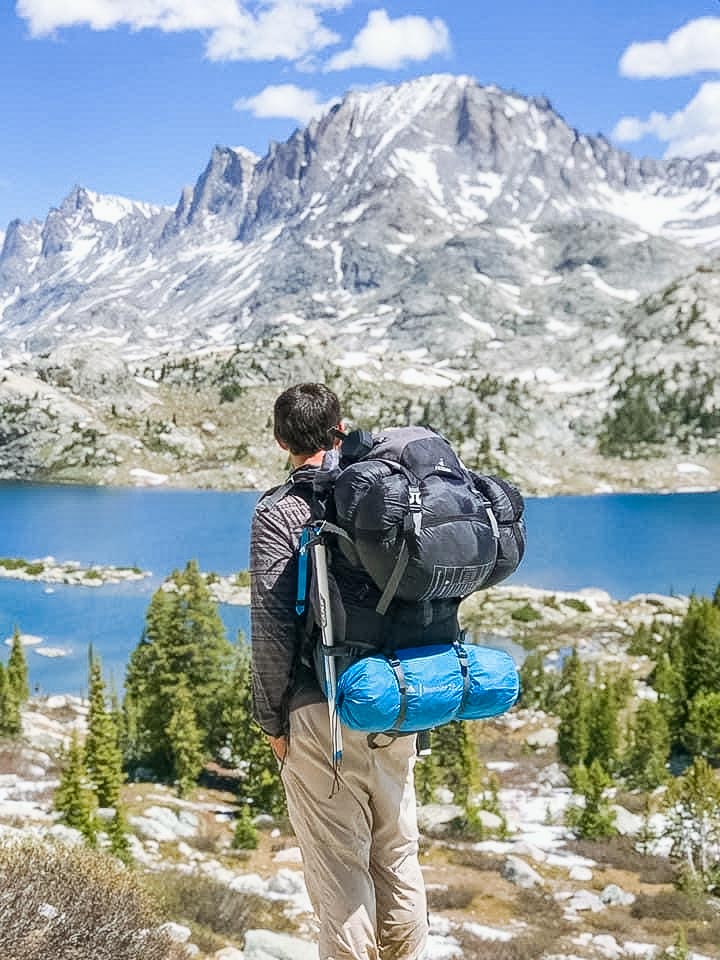
2. BLM Land + Wild Camping
Wild camping is when free camping is allowed on any public land. This is common and legal in European countries such as Iceland, Norway, and Bosnia. It’s the number one way to make traveling in Europe affordable. On our three-month jaunt across the continent, we took part in wild camping for nearly forty nights.
Wild camping looks different in the United States, as you cannot camp on any public land. Instead, you can wild camp on any BLM land. The laws surrounding it include this:
- Camping is permitted on BLM land that has not been developed or has specific rules against overnight camping.
- It must be legal to access the land.
- In order to camp on BLM land, you must travel on existing roads and trails.
- The maximum stay is typically 16 days.
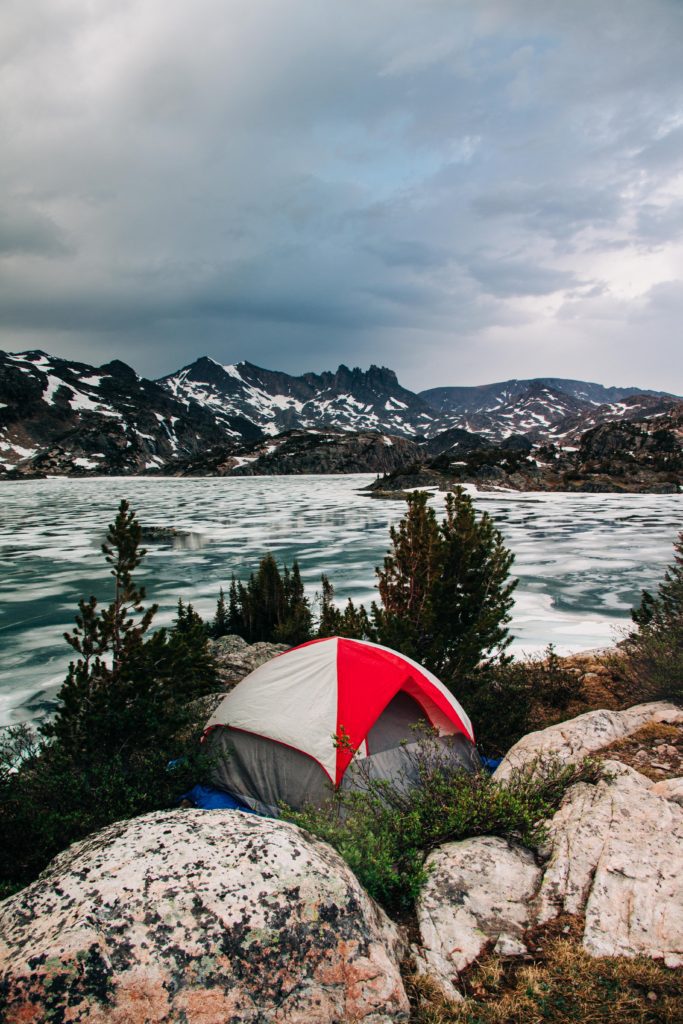
3. Walmart
It’s not pretty, it’s not glorious, and it’s definitely not what you see on Instagram, but the truth is there are few vanlifers out there who haven't spent at least one night cozying up in the back of a Walmart parking lot. Fact is no one probably WANTS to be there, but when traveling near cities, it’s free, safe, and convenient.
In California (and some other major cities) parking lots essentially shut down after certain times, making it difficult to camp out in places like Walmart or Planet Fitness. If you try it, you will be stirred awake at some point in the night by a tired and aggravated cop who’s sick of this car-camping fad. For the best chance at a free-night sleeping without cops in CA, try park-and-rides.
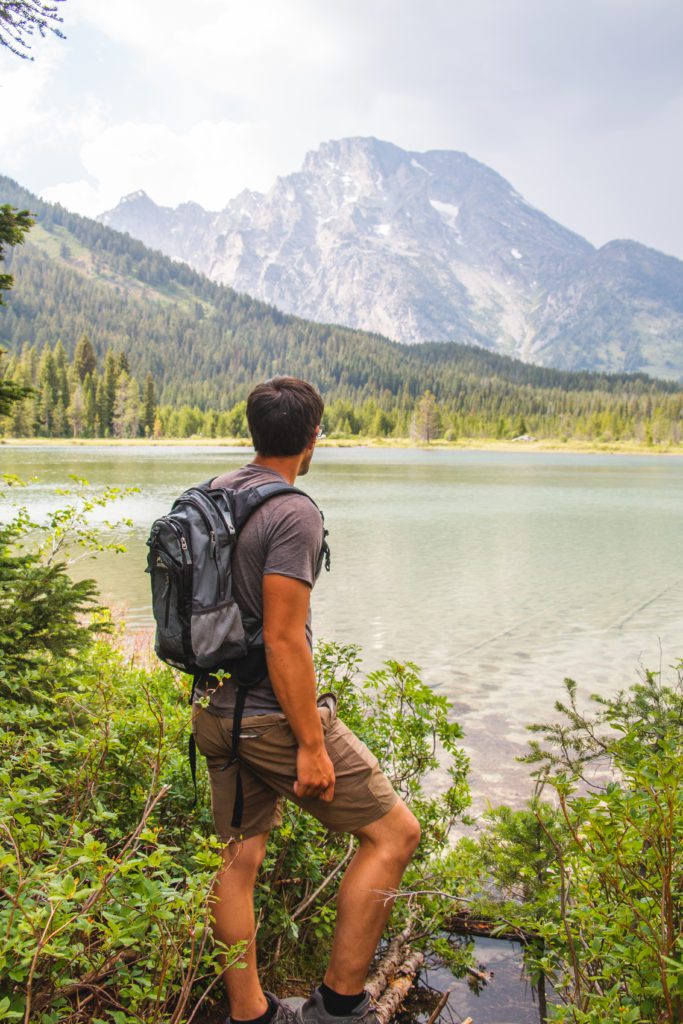
4. International Dark Sky Parks
International Dark Sky Parks are becoming more popular across the world and are established in places with little to no light pollution. They are open overnight for people to come in and enjoy stargazing. Some National Parks, such as Canyonlands, Grand Canyon, and Joshua Tree, double as a dark sky park and are open all hours. The perfect place to watch a meteor shower AND to catch some Zs.
List of International Dark Sky Parks
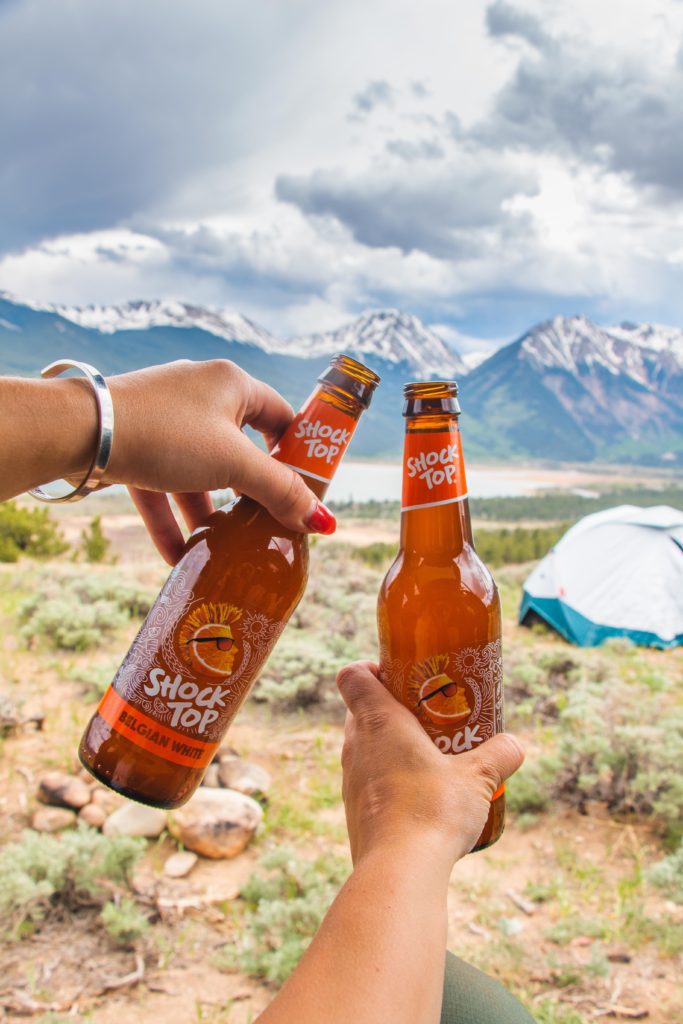
5. National Forests
For a majority of National Forests in the United States, there is some sort of free camping (called dispersed camping) within the forest limits. Each state has unique rules associated with National Forest camping, but most will allow you to camp legally, and for free, in certain areas for up to 14 consecutive nights. General rules include camping at least 200 feet from any road, trail, or water source. And all belongings must be packed in and packed out. Find out about free camping in specific National Forests here.
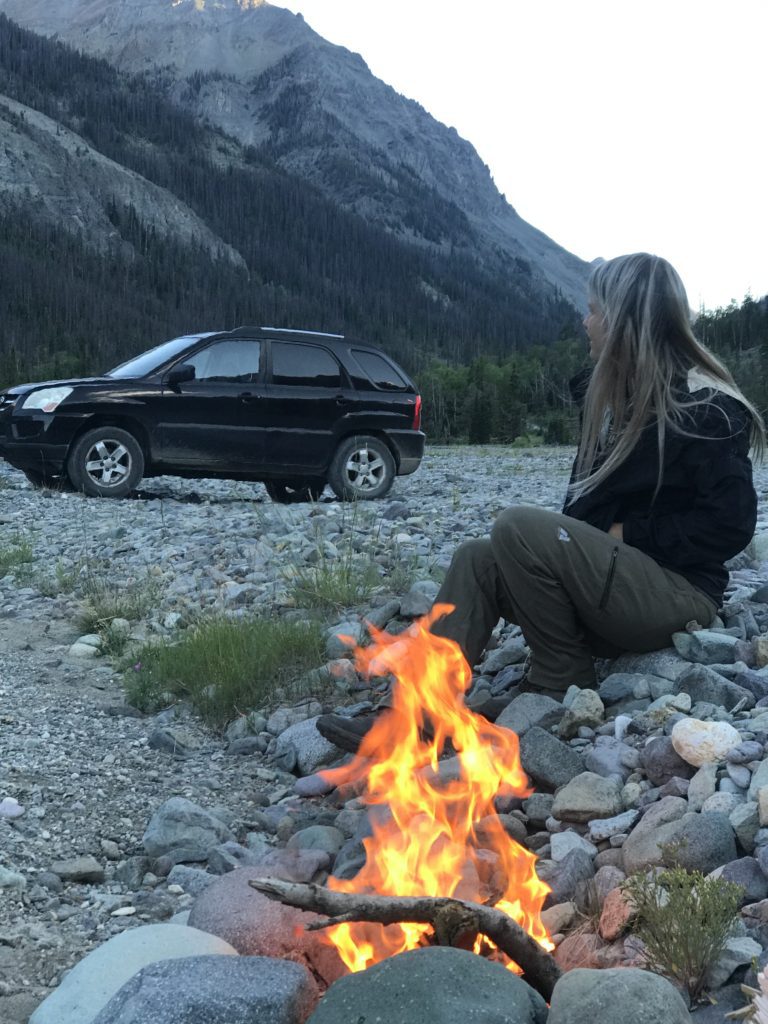
NO TRACE LEFT BEHIND | WHEN CAMPING FOR FREE
For those interested in free camping, please obey the “leave no trace” principle. These free camping options will be taken away if campers abuse and disobey laws. Please always pack out your trash and leave nature the way you found it.
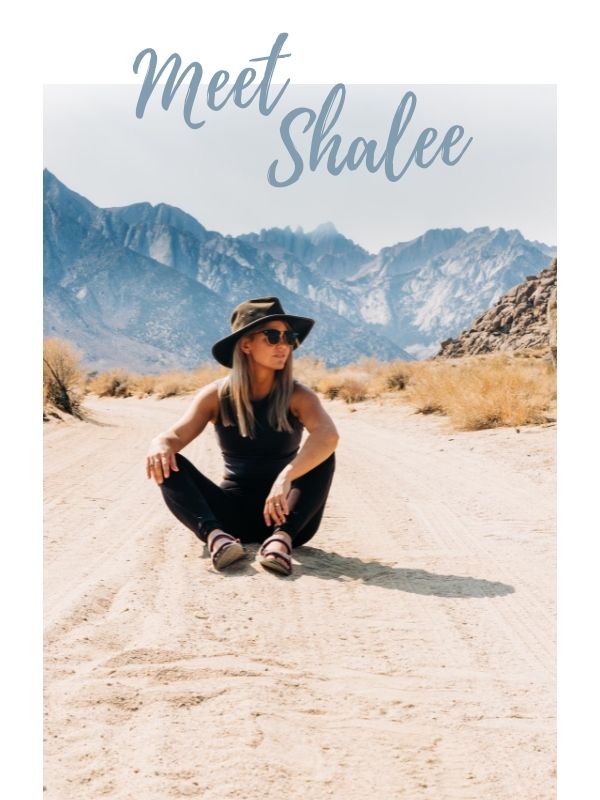
At any given moment, Shalee is either lost, hunting for ice cream, or obsessively planning her next adventure.
Born and raised in rural Michigan, she began exploring the shores of Great Lakes as a teen, often sleeping in her car to save money. Eventually, her urge to explore pushed beyond her Midwest borders. Today, Shalee shares her tips and stories to thousands of readers interested in adventure, outdoor, and sustainable tourism. Her pack now includes two spunky hiking cats and her partner, Josh. Learn more about her here.
JOIN THE ADVENTURE

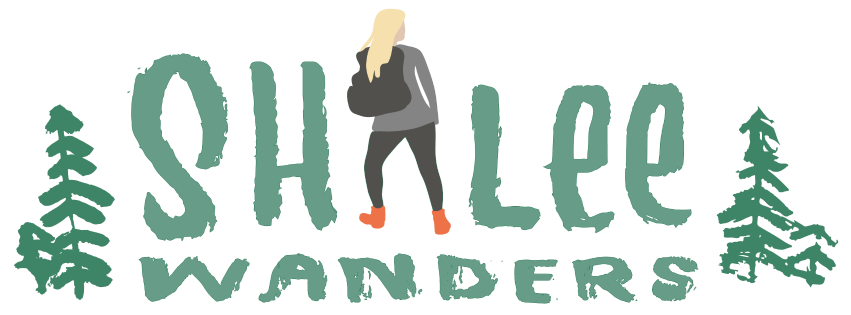
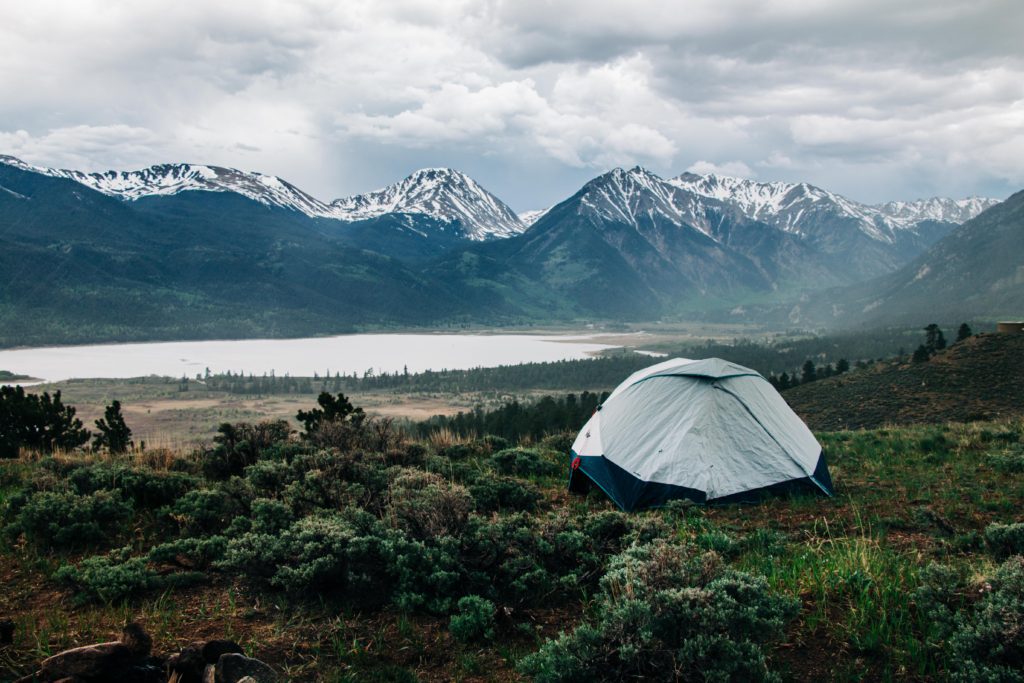


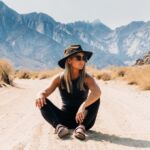




Shalee is an absolute outdoors rock star! This is the best guide to free outdoor camping ever. #camping